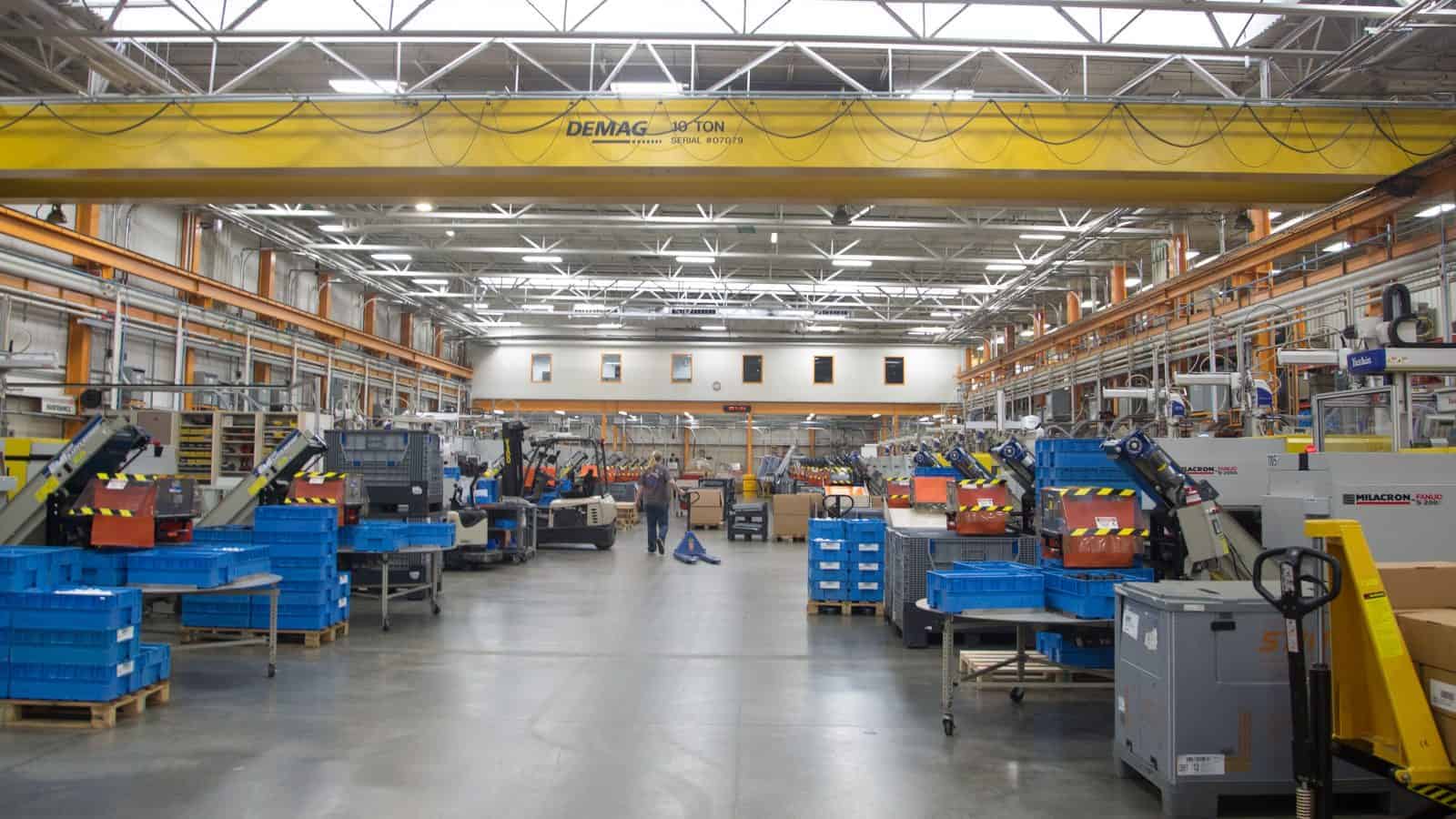NAM Fights Restrictive Power Plant Rule

The Environmental Protection Agency is considering a rule that would change the way power plants operate in America—but without significant adjustments, it could have devastating consequences.
The background: Right now, about 60% of America’s power generation comes from a combination of coal and natural gas.
- The EPA’s proposed rule would require coal and natural gas–fired power plants to deploy either carbon capture technology or hydrogen power within 10 years to lower emissions.
- If unable to deploy these technologies at the scale required in that timeframe, these power plants would be forced to shut down.
The problem: While carbon capture and hydrogen power technologies are vital to decarbonization, the required scale and timeline make implementing this rule difficult.
- “Carbon capture and hydrogen are tremendously promising—and manufacturers are leading the way in developing these technologies. But neither have been deployed at the scale needed to support 60% of our entire power generation within a short timeframe,” said NAM Vice President of Domestic Policy Brandon Farris.
The timeline: The EPA’s proposed 10-year timeline leaves little room for flexibility when it comes to implementing the order. According to Farris, environmental impact studies alone could take more than four years.
- “We’re talking about 10 years to essentially retrofit more than half of our power generation,” said Farris. “You would need this permitted, installed and operational within those 10 years, which would be difficult even if the technology was available today at scale.”
The impact: The rule would require plants that do not meet the new standard in 10 years to shut down entirely. As a result, many plants would have to shift resources immediately to plan for a likely shutdown.
- “The big hammer is these plants having to shut down in 10 years if these technologies are not installed,” said Farris.
- “So you’ll see a lot of money spent and not a lot of progress made because this technology isn’t ready at scale, and we have only a few years to permit, install and operate.”
The next steps: The NAM has submitted comments on the rule, and the EPA is working on a final version now.
- “We’ve emphasized that the timeline is not workable,” said Farris. “You would need to have a longer off-ramp and a way to ensure that the technologies required are proven at scale.”
